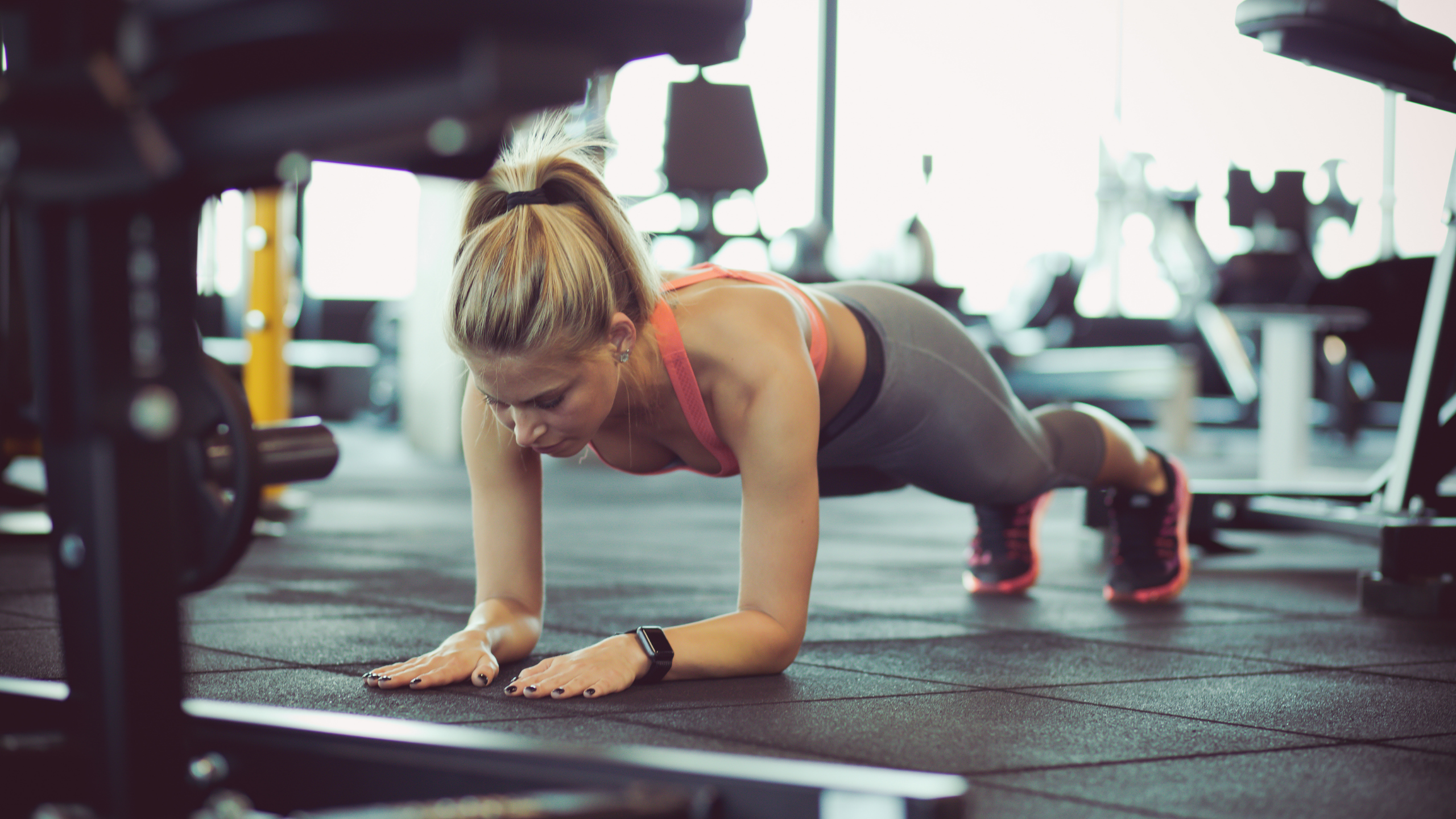Two major muscles in the lower leg can cause debilitating pain and therefore lead to chronic injury. Read on to learn more about gastrocnemius and soleus, muscles of the calf.

The gastrocnemius muscle is a two-headed muscle, that is in the back of the lower leg. It runs from its two heads just above the knee to the heel. Where it forms a common tendon with the soleus muscle; this tendon is known as the Achilles tendon. It inserts onto the back of the heel bone.
The name refers to gaster “belly or stomach” and knḗmē “leg”; meaning “stomach of leg”, referring to the bulging shape of the calf.

The gastrocnemius is located, with the soleus, in the back compartment of the leg. It is considered a superficial muscle as it is located directly under skin. Its shape may often be visualised through the skin.
Just below gastrocnemius is the soleus muscle. Some anatomists consider both to be a single muscle—the triceps surae or “three-headed [muscle] of the calf”—since they share a common insertion via the Achilles tendon. Its name is derived from the Latin word “solea”, meaning “sandal”.
What do gastrocnemius and soleus do?
They are powerful muscles and are vital in walking, running, and keeping balance.
The gastrocnemius is involved in running, jumping and other “fast” movements of leg. To a lesser degree in walking and standing. This is due to the white muscle fibres (type II fast twitch) present in the gastrocnemius.
As opposed to the soleus, which has more red muscle fibres (type I slow twitch) and is the primary active muscle when standing still. The soleus specifically plays an important role in maintaining standing posture; if not for its constant pull, the body would fall forward. Also, in upright posture, the soleus is responsible for pumping venous blood back into the heart from the periphery.
What causes them to be tight or injured?
Any kind of running, excessive walking, jumping and exertion of the lower leg can subsequently cause the calves to become tight.
Common injuries to the gastrocnemius and soleus is strain or tear of the muscles. Particularly common in running and jumping athletes and sometimes referred to ‘tennis leg’.
These injuries generally occur when the calf is overused, misused or tight from activity.
How does pain present?

Trigger point pain in gastrocnemius tends to occur locally to the calf area but can also refer the sole of the foot.
Soleus trigger point pain, also presents locally but can also refer to the lower back/sacral area.
Treating and self care of gastrocnemius & soleus

Massage to the calves can be intense. Many people are sensitive to deep tissue work through the lower leg so other modalities are good alternatives, such as PNF stretching, gentle cupping and dry needling. Self massage with a foam roller is a great way to care for the calves at home after exercise while the muscles are warm.
How can I best look after gastrocnemius and soleus?
Warm up before exercise, especially if it is running or intensive jumping and pushing off the foot.
Stretching to the calves
The stretches in the videos can also be performed while leaning the hands against a wall for stability. There are lots of good yoga poses for calves, downface dog being number one!

Wall for stability 
Downface dog 
Paddling the feet
Active and alternative stretching techniques
Perform the above stretches by flexing the foot up, and then pressing it against a wall or step for a few seconds. Or perform them seated using a towel or yoga strap.
Foam rolling
When foam rolling, support your weight into your hands. Roll one leg at a time. Use pressure to your own pain tolerance – I always recommend 6 to 8 out of 10. Roll slowly for 30 to 60 seconds each side. You can roll up to the trigger point and hold there for a few seconds and wait for it to release or reduce the pressure and continue along the calf.

Complications
Tension in calves can lead to more serious injuries such as;
- compartment syndrome,
- Achilles tendonitis,
- Achilles tear or rupture, and
- Plantar fasciitis.
Further reading




